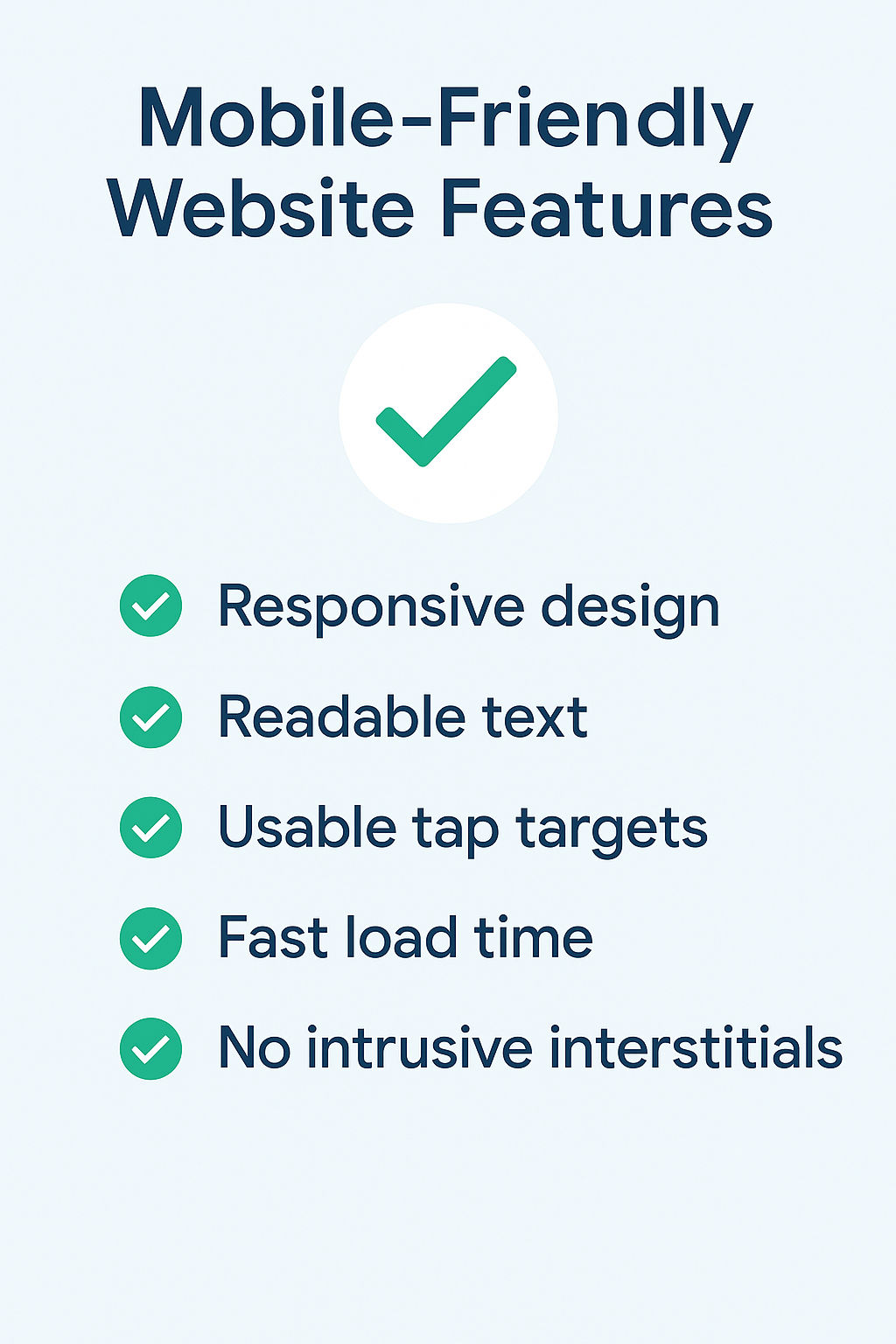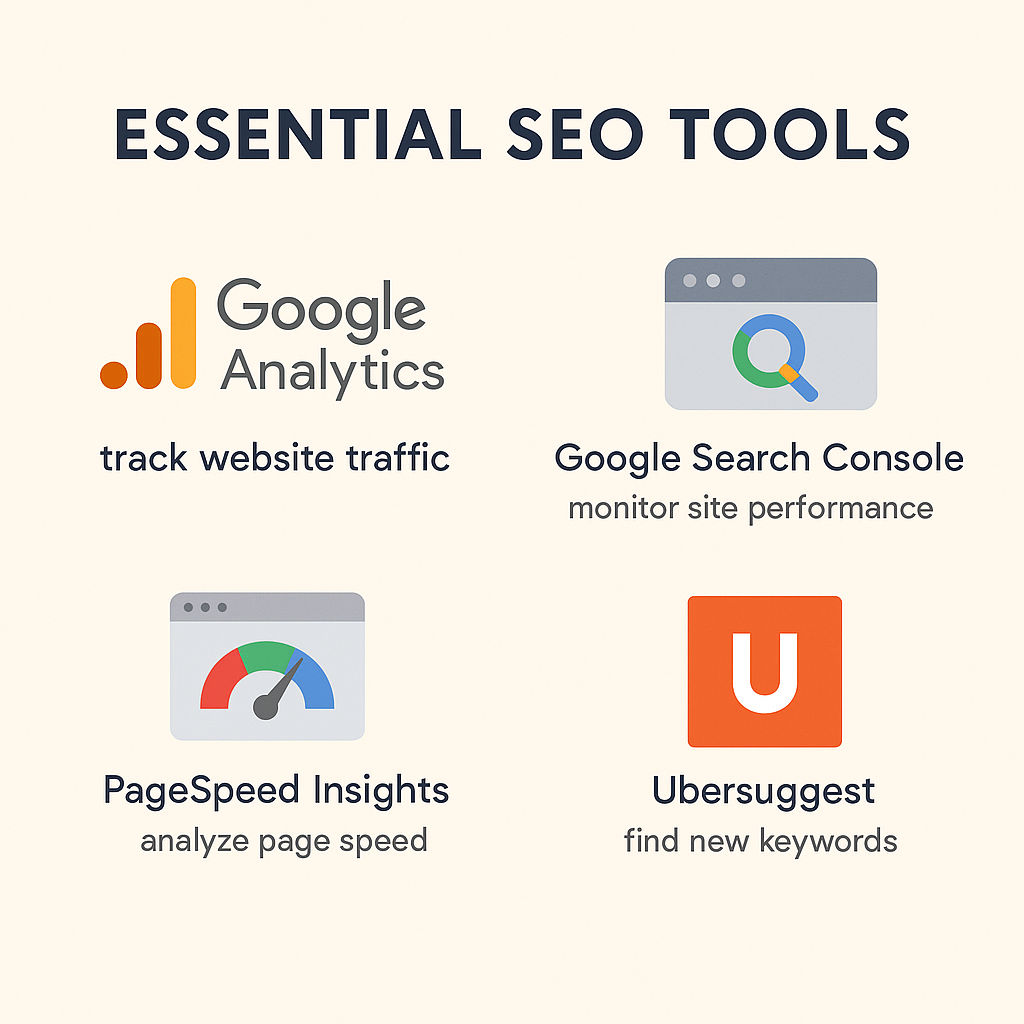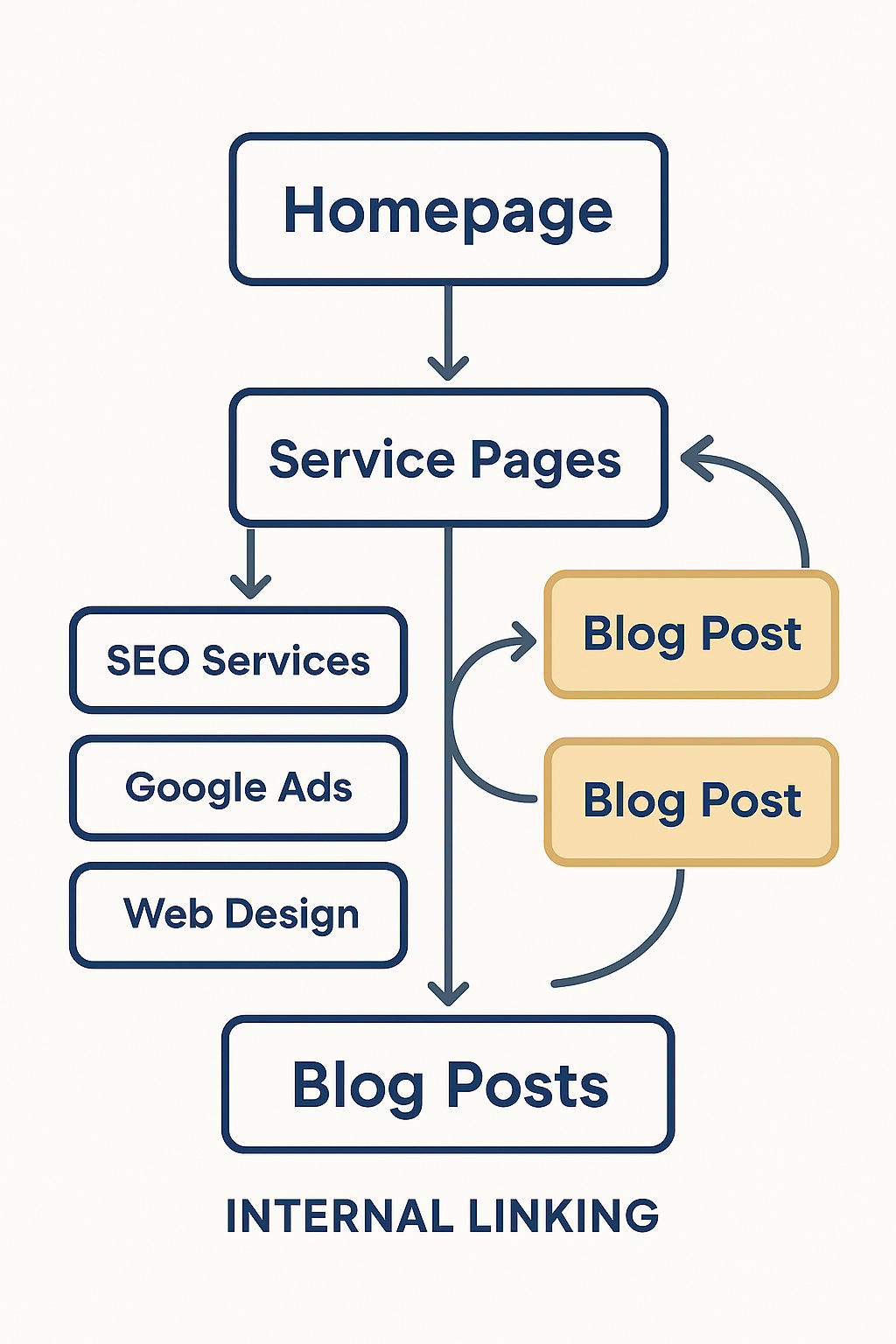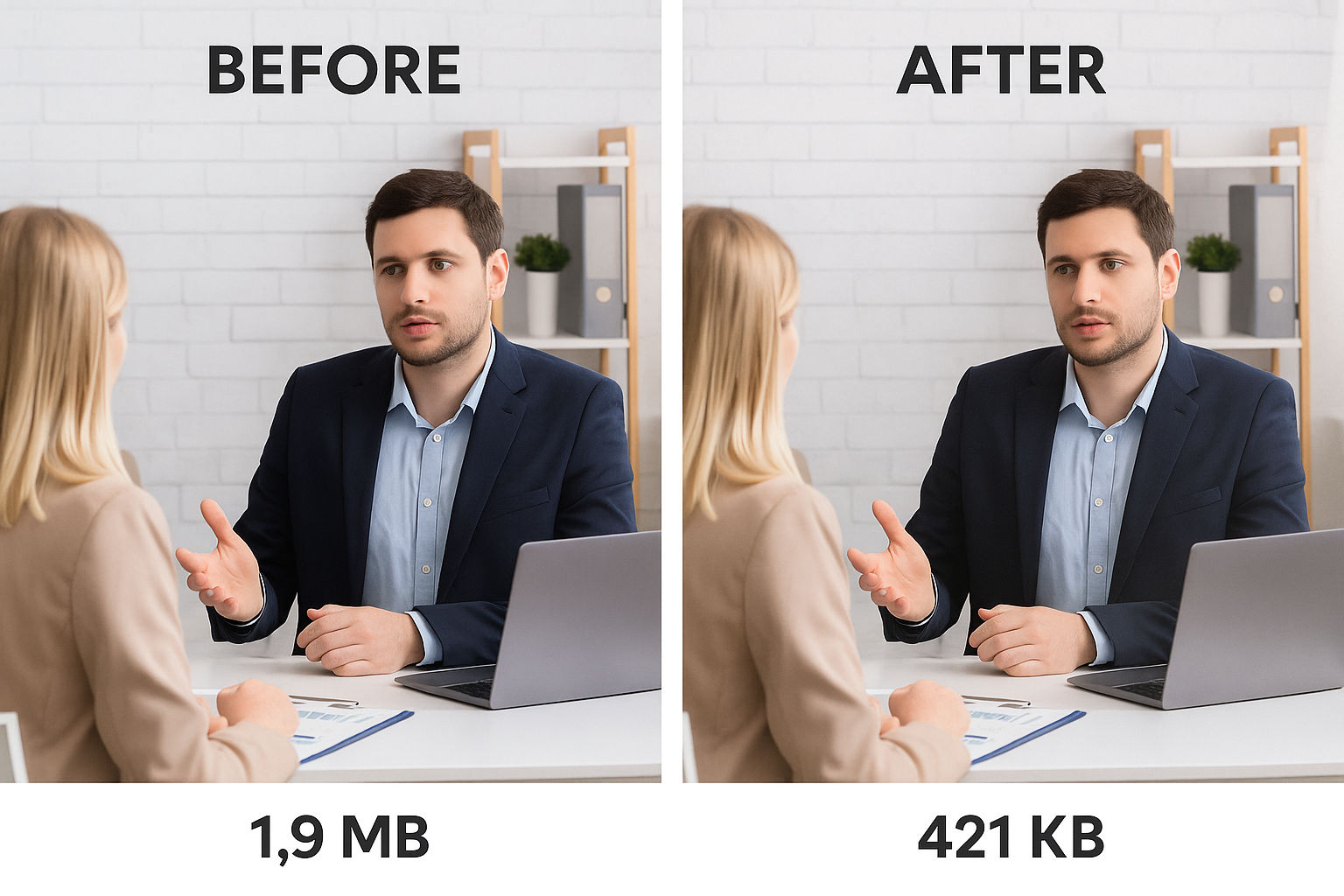Part 6 of the SEO Made Simple Series for Business Owners
Your website might look great on a desktop—but if it’s slow or clunky on a phone, you’re losing both traffic and trust. Mobile usability and page speed aren’t just user experience issues—they’re direct Google ranking factors.
In this post, we’ll break down why mobile optimization and speed matter for SEO, how to test your site’s performance, and what you can do to improve it.
Why Mobile-Friendliness Is Non-Negotiable
Since 2019, Google has used mobile-first indexing, meaning it ranks your site based on how it performs on mobile—not desktop.
A mobile-unfriendly website can lead to:
- Lower rankings
- Higher bounce rates
- Frustrated visitors who never return
What Makes a Site Mobile-Friendly?
- Responsive design (automatically adjusts to screen size)
- Easy-to-read fonts and buttons
- No horizontal scrolling
- Fast load times
- No pop-ups or blocked content
Use Google’s Mobile-Friendly Test to check your site.
Page Speed: A Silent Conversion Killer
Visitors expect your site to load in 3 seconds or less. Anything longer, and they may leave—especially on mobile networks.
Why page speed matters:
- Direct ranking factor (Core Web Vitals)
- Impacts bounce rate
- Affects ad performance and ROI
- Influences conversions—faster = more sales or leads
How to Test Your Site’s Speed
Use these free tools:
- PageSpeed Insights (by Google)
- GTmetrix
- WebPageTest
Look at:
- First Contentful Paint (FCP)
- Largest Contentful Paint (LCP)
- Time to Interactive (TTI)
How to Improve Mobile Usability and Speed
1. Use a Responsive Theme or Design
Make sure your site adapts to all screen sizes without needing a separate mobile version.
2. Optimize Images
Compress large images (see Image Optimization Guide) and serve them in modern formats like WebP.
3. Minimize Code
Remove unused CSS and JavaScript. Minify and combine files to reduce requests.
4. Use Lazy Loading
Only load images when they’re needed as the user scrolls.
5. Enable Browser Caching
Store key files locally so they don’t need to reload every time someone visits.
6. Use a Content Delivery Network (CDN)
Distribute your content across global servers to improve load times.
Quick Optimization Checklist
- Run a mobile-friendly test
- Use PageSpeed Insights to identify issues
- Compress and lazy load images
- Minify CSS, JS, and HTML
- Enable caching and use a CDN
- Test again after making changes
Final Thoughts
Mobile and speed optimization are no longer optional. They’re critical to SEO success, user satisfaction, and conversion rates. Small improvements in performance can lead to big gains in search visibility and sales.

Open your site on your phone. Does it load in under 3 seconds? Is it easy to use?
If not, book a free mobile SEO and speed audit. We’ll run tests, explain results in plain English, and give you clear steps to improve.







